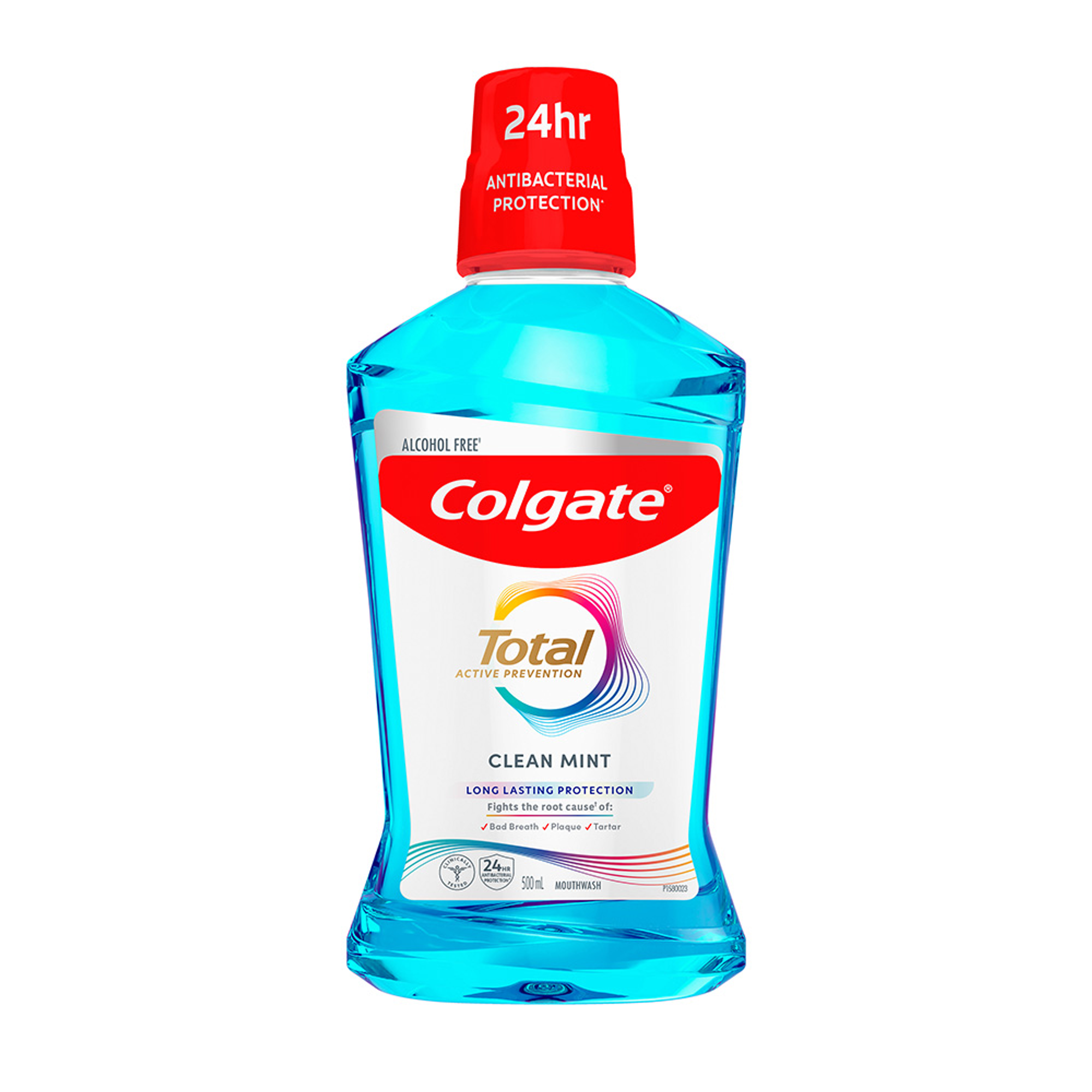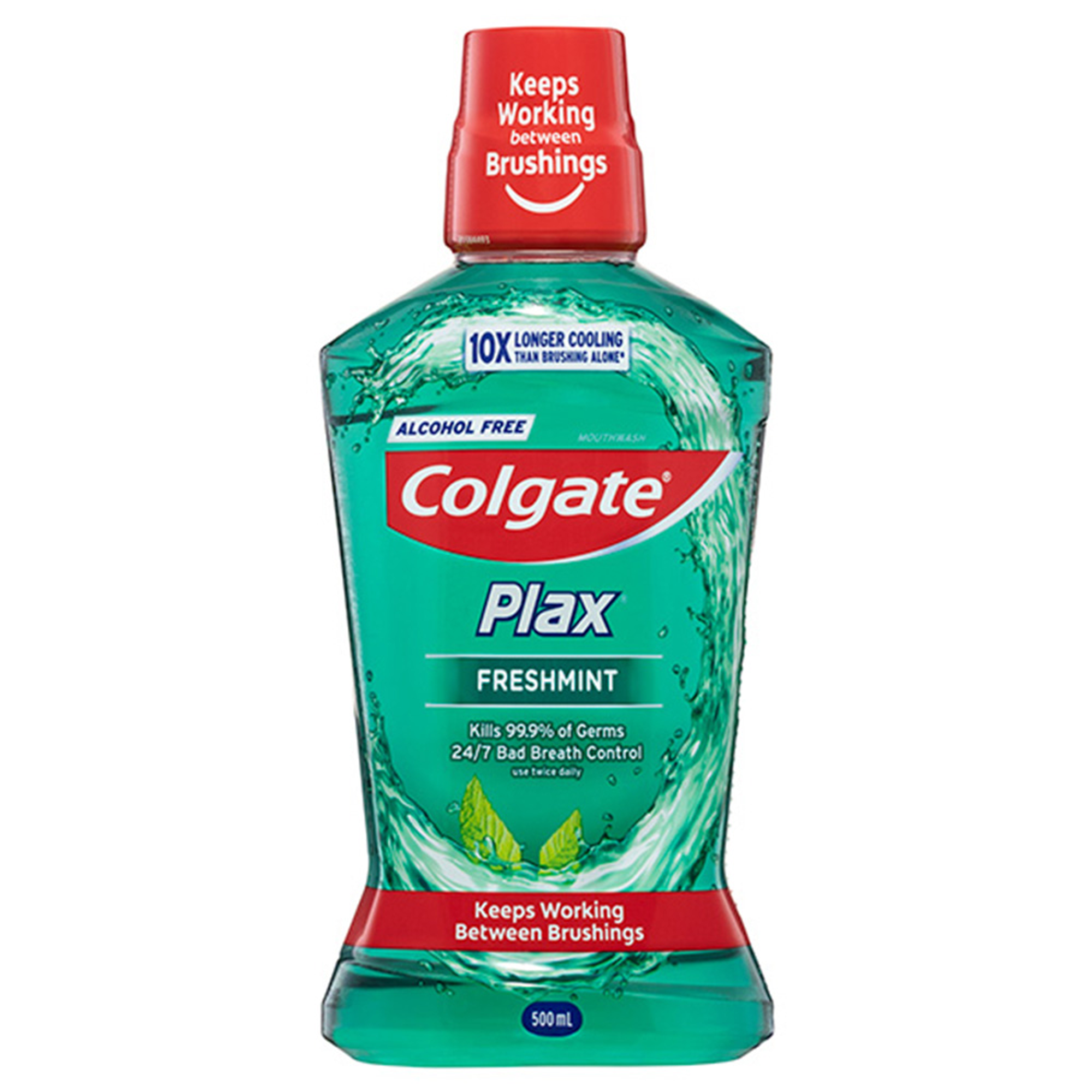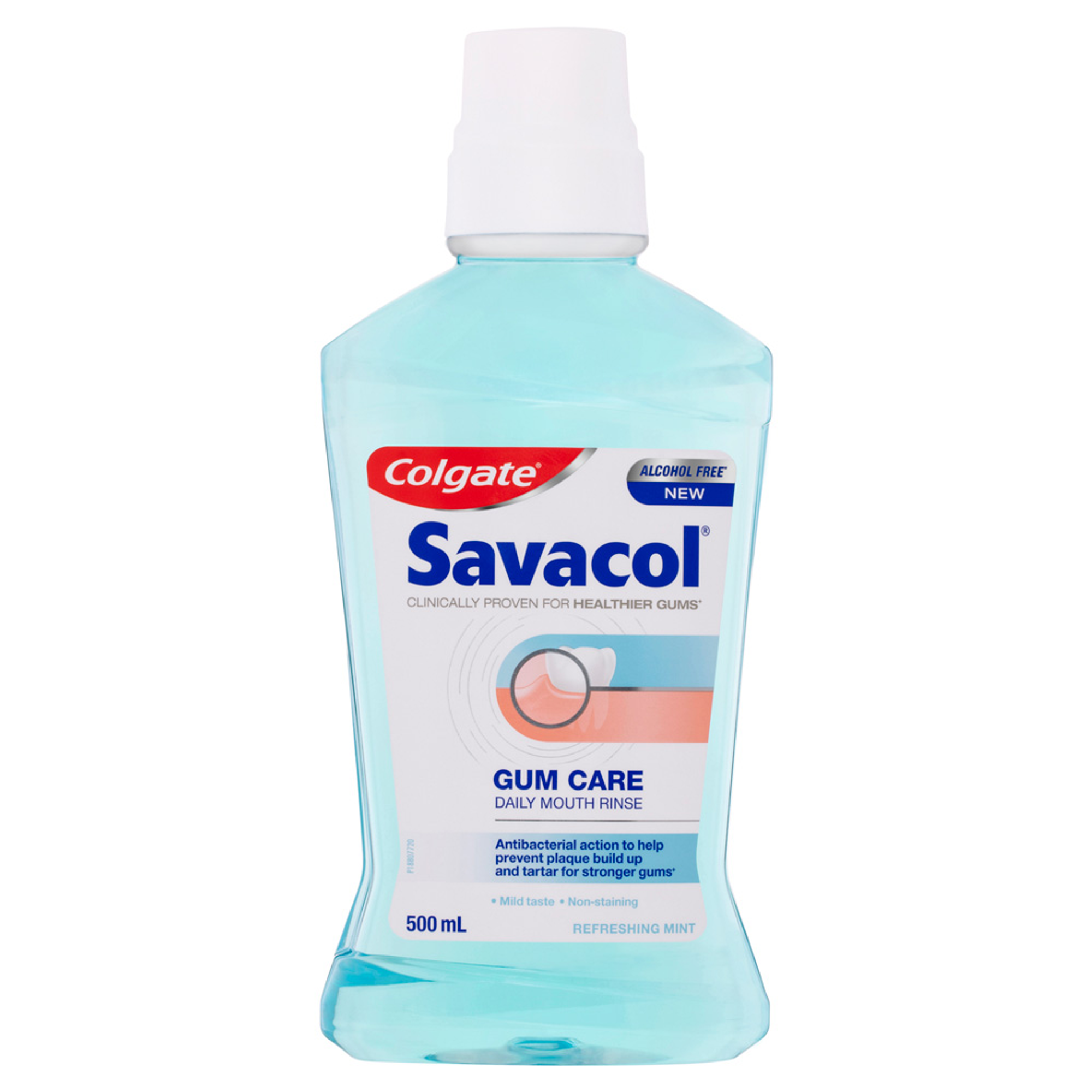
Introduction
Carbohydrates are often found in our food in the form of sugars. A key macronutrient found in many, including both healthy and those not so healthy. That gentle sweet taste that we all love and enjoy when delving into that freshly baked cupcake from the local bakery to our afternoons spent in the sun enjoying the brightness of a freshly cut orange to keep us hydrated and well balanced. Sugar is nature’s gift that helps us thrive and stay alive. So why is sugar such a taboo word in our health industries? Understanding dietary factors and the role they play in oral health holds the key to preventive dentistry. So what does that look like for you? What dietary factors or what I call ‘Hidden Sugars’ are there, lurking in the unknown waiting to cause some havoc? I’m sure we can find some, so let’s take a look.
Carbohydrates
Carbs, oh such a comforting word, even more so, such a tasteful experience. A basic but crucial part of our diet and daily intake. Many forms of carbohydrates can be described as simple or complex carbs, depending on the number of sugar molecules present. This substance or ingredients is found in our natural foods groups, added to enhance texture and flavour. I like to think of them as scary and safe sugars, well that’s how my little patients and I tend to describe them. Simple or so called ‘scary’ sugars tend to hide, sometimes camouflaged in bright colourful packaging. The type of sugar that sits on the kitchen bench, eyeing off your coffee first thing in the morning, to the kind in the supermarket, staring you down as you hunt for this week’s special candy edition. The simple kind is readily available, on standby to give you that quick energy boost you’ve been needing since this afternoon’s team meeting. Sugars known as glucose, fructose, lactose and sucrose, are found in many types of sweets such as chocolate, soft drink and lollies. Ingredients found in that very same cupcake we had a piece of not too long ago. However, simple sugars are also found in fruits, vegetables and dairy products.
Leading us on to discuss complex carbohydrates. A food group that also contains sugar, slowly broken down and metabolised by the body, though it’s a little more complicated. As complex or so called ‘safe’ sugars are consumed via starchier foods such as whole grains, rice, breads, cereals and potatoes, they tend to cause a little less mayhem to the body, and our mouths in particular. With a greater structural complexity of sugar chains, safe sugars demonstrate a slower release of glucose into the bloodstream. Unlike our scary sugars who, when consumed, like to run laps as quickly as they can, complex carbs provide sustainable energy in the long-term, thus reducing sugar spikes in the bloodstream. They’re the kind you want to keep in your pantry, hidden in a variety of whole foods that keep us feeling fuller for longer. Which now leads me to think, if simple sugars aren’t so good for us and complex sugars are somewhat better, what really makes the difference?
Sugar Consumption
Time and frequency. Two very important factors to consider during meal times. You’d be surprised just how forgetful or unaware we are during our busy days. Constantly reaching for the next jelly bean in our ‘secret draw’ every hour on the hour. It is by snacking throughout the day that detrimental effects are more likely to occur. Let me explain. I’m about halfway through that cupcake, I was typing so it took me a little longer to finish. Now, if I had consumed the cupcake all in one single moment, this would be one moment of exposure. But, due to my continuous snacking over the past half-hour, I’ve left my mouth more susceptible to ongoing acid attacks initiated by oral microorganisms who convert the sugars to acid. In doing so, I haven’t allowed sufficient time to neutralise and counteract these undesirable by-products. However, luckily for my enamel soldiers I only bought one cupcake (today), but imagine if it were two, or three? That’s right, a much higher intake of simple sugars with an extended period of snacking. It is with frequent consumption of sugar that oral disease and poorer general health can be seen today.
Sugar and Disease
Our oral environment is an important part of the body, the entrance to the body, responsible for doing the hard yards of eating, speaking, chewing and swallowing. A diet filled with refined sugars directly links to major health issues like diabetes, cardiovascular disease and obesity². Sugar works to feed the microflora or oral bacteria in our mouths, acting as an enabling system for bacteria such as Strep. Mutans to produce acid². Funnily enough, those bacteria, guess what their favourite sugar is? You guessed it, sucrose! Therefore, that extra teaspoon of sugar in this morning’s coffee has now helped produce the acid hidden in our dental plaque, taking only 12 hours to mature. Therefore, supporting the importance of brushing two times a day to assist in chemical and mechanical removal of the day’s menu.
Protecting our Teeth
Saliva, sometimes what I refer to as liquid gold, works to break down food and drinks consumed daily. Sufficient good quality saliva helps to lubricate the mouth, buffer acidic substances and neutralise our oral cavity; replacing lost minerals following meal times. Saliva restores our oral pH and allows hidden minerals like phosphate and calcium to be reabsorbed into our enamel. Additionally, when such minerals are available from a balanced diet joined with regular water consumption and proactive oral hygiene habits, this then creates what I call a triple threat. By incorporating fluoride in dental products and water, this ‘Supermin’ per say, aids greatly in oral protection and remineralisation. By considering these three factors, we are better able to take care of our health, reducing risk of disease and oral health decline.
Food for Thought
Hidden sugars are found in a variety of food groups, types we may have never thought of. Simple sugars hidden in that bottle of tomato sauce you’ve had tucked away in your locker, because you know that Friday’s pie just isn’t the same without it. I get it, certain sugars make mealtimes a little more exciting, but to what cost dare I ask? The way I see it, prevention is the best long-term dental care plan. One that can be achieved with mindful sugar moderation and awareness.
As we’ve discovered some hiding places, I ask you to think, what dietary choices have you been making that could be contributing to poorer oral health? Is the energy drink you’re having before soccer practice a few days a week really necessary? How can this be substituted or consumed more appropriately to avoid potential problems? Having now understood the power of our dietary choices, I am confident this is something we can definitely learn more about. Now if you don’t mind, I have a cupcake to finish before I’m in some serious trouble!
Moynihan, P., & Petersen, P. 2004. Diet, nutrition and the prevention of dental diseases. Public Health Nutrition, 7(1a), 201-226. doi:10.1079/PHN2003589
Chow KF. A Review of Excessive Sugar Metabolism on Oral and General Health. Chin J Dent Res. 2017; 20(4):193-198. doi: 10.3290/j.cjdr.a39218. PMID: 29181456.
Latisha Sykora is a fourth-year student pursuing a Bachelor of Dental Surgery at the University of Adelaide. As a proud Mudburra-Jingili woman, she possesses great desire and commitment to elevate Indigenous oral health outcomes by promoting leadership and preventive measures. Latisha's journey in dentistry began in 2012, completing a school-based traineeship in dental assisting, an experience that fuelled her interest in oral disease, particularly in rural and remote communities. Her determination led to becoming a graduate Oral Health Therapist in 2019. Currently, she serves as a supporting clinician at the Indigenous Oral Health Unit (IOHU) at the University of Adelaide, while also devoting time to work in private practice. For Latisha, early intervention and education hold the key to achieving excellence in oral health. She actively demonstrates this belief by mentoring Indigenous students and serving as a Director of the Indigenous Dental Association Australia (IDAA). In 2022, she was awarded the Student Leadership Award for Indigenous Allied Health Australia (IAHA). Through her inspiring work and leadership, Latisha joins the Colgate Advocates for Oral Health: Content Community ready to embody a lasting impact on Indigenous oral health and create a brighter, healthier future for her community.
Join us
Get resources, products and helpful information to give your patients a healthier future.
Join us
Get resources, products and helpful information to give your patients a healthier future.











